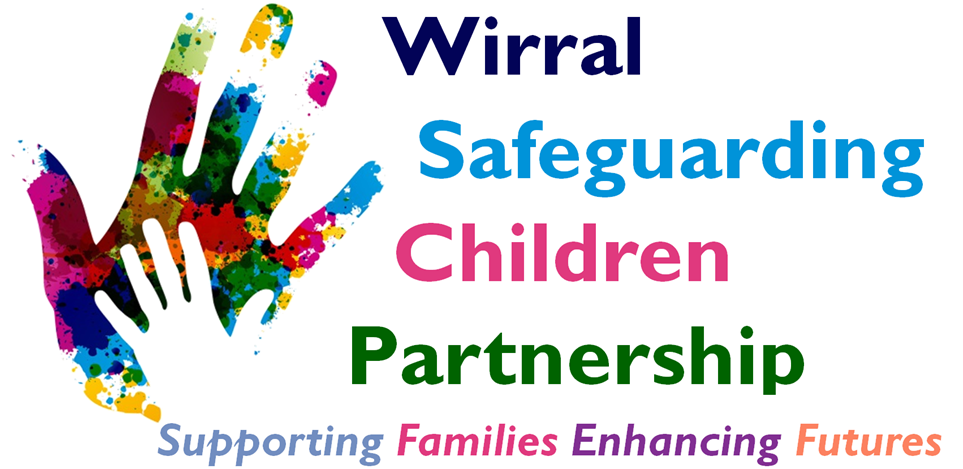6.1 Safeguarding Children from Abuse Linked to a Belief in Spirit Possession
6.1 Safeguarding Children from Abuse Linked to a Belief in Spirit Possession
- Introduction
The belief in “possession or “witchcraft” is widespread. It is not confined to particular countries, cultures or religions, nor is it confined to new immigrant communities in this country.
The definition, which is commonly accepted across faith-based organisations, non-governmental organisations and the public sector, is the term ‘possession by evil spirits’ or ‘witchcraft’.
Any concerns about a child which arise in this context must be taken seriously.
Where the concerns relate to a number of children, consideration should be given to whether the Complex (Organised or Multiple) Abuse Procedure – to follow should be implemented.
- The Child
The number of known cases of child abuse linked to accusations of “possession” or “witchcraft” is small, but children involved can suffer damage to their physical and mental health, their capacity to learn, their ability to form relationships and to their self-esteem.
Such abuse generally occurs when a carer views a child as being “different”, attributes this difference to the child being “possessed” or involved in “witchcraft” and attempts to exorcise him or her.
A child could be viewed as “different” for a variety of reasons such as, disobedience; independence; bed-wetting; nightmares; illness; or disability. There is often a weak bond of attachment between the carer and the child.
There are various social reasons that make a child more vulnerable to an accusation of “possession” or “witchcraft”. These include family stress and/or a change in the family structure.
The attempt to “exorcise” may involve severe beating, burning, starvation, cutting or stabbing and isolation, and usually occurs in the household where the child lives.
Any siblings or other children in the household may be well cared for with all their needs met by the parents and carers. The other children may have been drawn in by the adults to view the child as “different” and may have been encouraged to participate in the adult activities.
- Concerns
Concerns reported in the cases known from research usually involve children aged 2 to 14, both boys and girls, and have generally been reported through schools or non-governmental organisations. The referrals usually take place at a point when the situation has escalated and become visible outside the family.
Note: This means that the child may have been subjected to serious harm for a period of time already.
The initial concerns referred have been about:
- Issues of neglect, such as not being fed properly or being ‘fasted’, not being clothed, washed properly etc. but left to fend for themselves especially compared to the other children in the household;
- Often the carer is not the natural parent and the family structure can be complex;
- Children often appear distressed and withdrawn;
- The child is seen as the scapegoat for a change in family circumstances for the worse;
- In a group of children it may be the child who is relatively powerless vis-a-vis the parents/carers, maybe a child with no essential role in the family;
- The child is seen as someone who violates the family norms by being physically different perhaps because of illness, disability or, in some cases, a suspicion by the father of adultery by the mother.
All agencies should be alert to the indicators above and should be able to identify children at risk of this type of abuse and intervene to prevent it by using the procedures for Referrals, Social Work Assessment of Needs and Strengths and, when appropriate, Strategy Discussions/Meetings.
- Assessments
All referrals must be responded by Children’s Specialist Services with a thorough Social Work Assessment of Needs and Strengths and, depending on the seriousness of the referral information, a Strategy Discussion which takes into account the dimension of the beliefs expressed by the child and family. The assessment must involve the particular faith group or person performing or advising the family about the child in order to establish the facts i.e. what is happening to the child.
A discussion should take place with the Safeguarding Unit in all cases where there are accusations of ‘possession’ or ‘witchcraft’.
Careful assessment at all stages is needed with close communications, which include key people in the community especially when working with new immigrant communities and with all the various faith groups, are essential.
In view of the nature of the risks, a full health assessment of the child should take place to establish the overall health of the child, the medical history and current circumstances.
Any suggestions that the parent or carers will take the child out of the country must be taken seriously and legal advice sought regarding possible prevention. See also Pan Merseyside Missing From Home multi-agency protocol.
The child must be seen and spoken to on his or her own. The child’s bedroom or sleeping arrangements must be inspected.
Although the research has found a number of parents and carers to have some form of mental health problem, this must not distract from the child’s situation nor be seen as a factor to explain away the potential risks to the child.
In assessing the risks to the child, the siblings or any other children in the household must also be considered as they may have witnessed or been forced to participate in abusive or frightening activities.
Further contacts for advice can be found from the local representatives for some faiths, from organisations such as the Churches’ Child Protection Advisory Service (CCPAS) who provide information about exorcism; the African Caribbean Evangelical Alliance (ACEA); Churches Together in England and the Muslim Parliament, all of whom are consulting about and developing guidance.
The Local Authority Safeguarding Unit will collate information and keep the LSCB updated when necessary so that liaison and communication with local faith groups can be monitored and developed.
